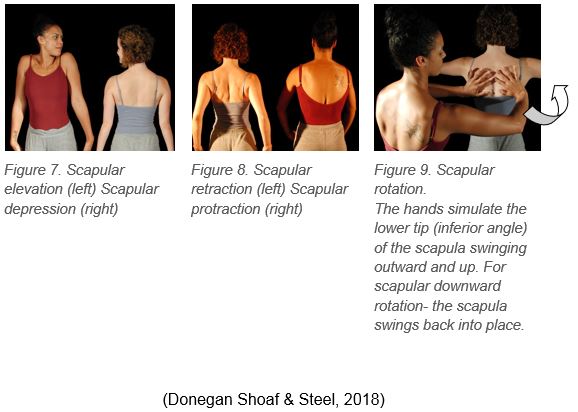Blog
Blog
How effective is Pilates as an additional training program for dancers?
Author: Christine S. Bergeron on behalf of the IADMS Dance Educators’ Committee
As an active Pilates and dance instructor for over 18 years, I can see the connection and similarity between dance technique and Pilates. Some of the similarities include the focus on body alignment, core engagement, pelvic placement, full body engagement, concentration, and precision. It seems, as a community, we have accepted Pilates as a leading supplemental training method among dancers.
Read ArticleIADMS 2018 Helsinki: Interview with Invited Speaker - Yiannis Koutedakis
We are happy to introduce Yiannis Koutedakis, a name those in the dance medicine and science field will recognize as having published some of the seminal work on dance science! We are looking forward to what I'm sure will be a phenomenal keynote lecture this October in Helsinki!
Read ArticleIADMS 2018 Helsinki: Interview with Invited Speaker - Camilla Knight
Throughout August and September, we will be publishing interviews with some of our invited speakers for #IADMS2018 in Helsinki. Check out our first interview with Camilla Knight!
Read ArticleDance Teacher Resources and A Day for Teachers 2018
Author: Gemma Harman on behalf of the IADMS Dance Educators’ Committee
With the next annual conference in Helsinki fast approaching, it seems timely to reflect back on the Dance Educators’ Committee’s blog posts that have been shared since last year’s meeting in Houston, Texas. This year has seen a vast array of posts created by dancers, educators, researchers and clinicians on sharing the current happenings in the field of dance medicine and science specifically aimed at educators and teachers.
Read ArticleThe shoulder complex: An exploration of the scapula
Author: Martha Wiekens on behalf of the IADMS Dance Educators’ Committee
I am very excited to write this blog post introducing a brilliant new resource paper on the shoulder complex, which has been written by Lisa Donegan Shoaf and Judith Steel. The paper provides an in depth look at the shoulder complex, starting with anatomy and specific muscular force couples, then moving onto the integration into whole body movement and common dancer issues relating to the shoulder.
Read ArticleIntroducing Helsinki as the next IADMS host city in October 2018!
Author: Jarmo Ahonen, DHF - IADMS 2018 Host Committee Member
This blog is to give you some insight on Finland as a country and Helsinki as the capital. Join us in Helsinki for IADMS Annual Conference. REGISTRATION IS NOW OPEN! Register at www.iadms.org/2018
Read ArticleI stand corrected! From correction to constructive feedback
Author: Karine Rathle on behalf of the IADMS Dance Educators' Committee
Feedback is a process used by teachers, rehearsal directors and choreographers to provide information and guide dancers in skill acquisition, technique and movement quality. It is a powerful and necessary tool. Typically, teachers and choreographers have their own individual style of providing feedback. Their approach may come from their experience as dancers, their previous teachers and training, or their ingrained habits from working in dance.
Read ArticleOptimal Focus – from research to dance practice
Author: Clare Guss-West on behalf of the IADMS Dance Educators' Committee
This blog post provides a brief introduction to attentional focus and its potential impact on dance training and performance. Attentional focus study is relatively new to dance, whereas the research is now integrated into elite sports coaching – notably football, skiing, golf and swimming. Companies such as The Royal Ballet, Houston Ballet, and Finnish National Ballet are becoming aware of the benefits of these complementary techniques and we have started to introduce them into the dancers’ professional practice.
Read ArticleMeasuring Creativity
Author: Lucie Clements on behalf of the IADMS Dance Educators' Committee
‘Creativity’ is a word used worldwide by dance institutions in their mission statements, aims and student feedback, and yet it is relatively unexplored within dance science from a quantitative perspective. Much research within dance psychology has focussed on the role of psychological wellbeing in relation to optimal technique in class, rehearsal or performance, but are dance scientists perhaps neglecting the dancer as a creative artist?
Read ArticleIADMS Seeks Nominations for the 2018 Dance Educators’ Award
The Dance Educators’ Committee of IADMS seeks to recognize teachers who integrate principles of dance science in their teaching and is seeking nominations for the 2018 IADMS Dance Educators’ Award from around the world.
Read Article









 BACK
BACK